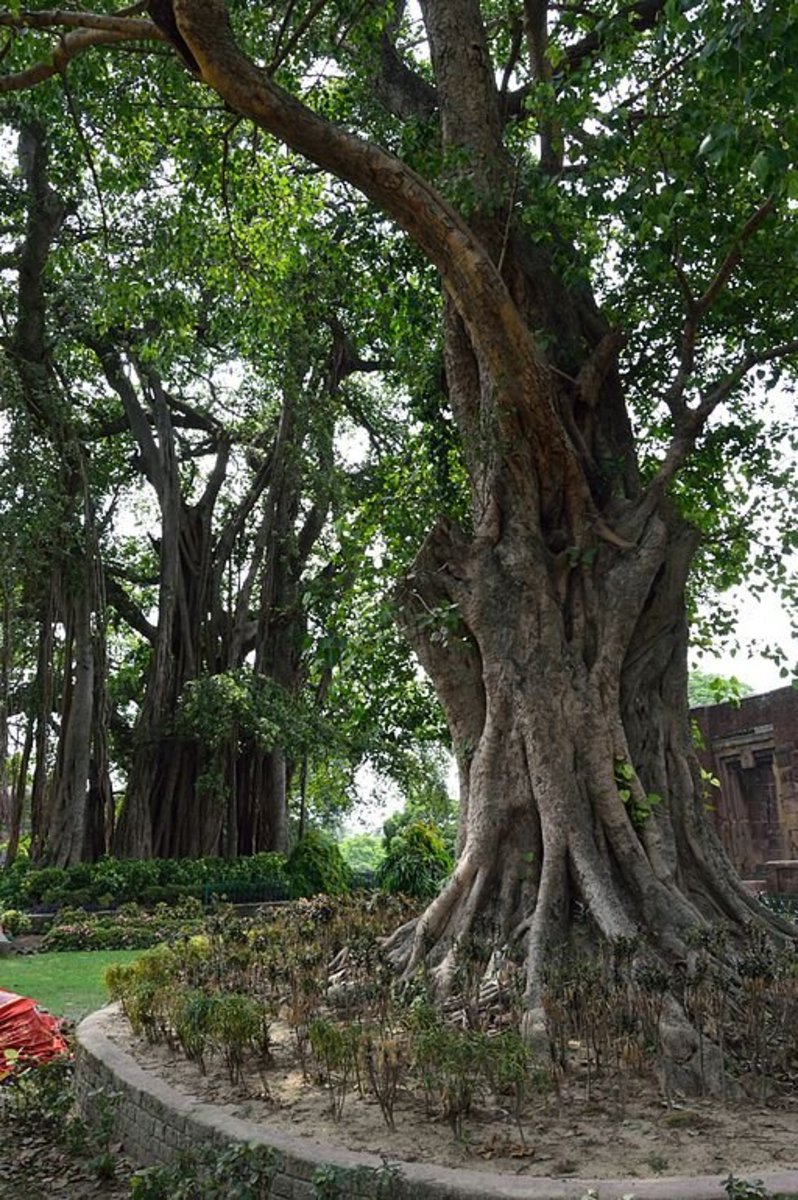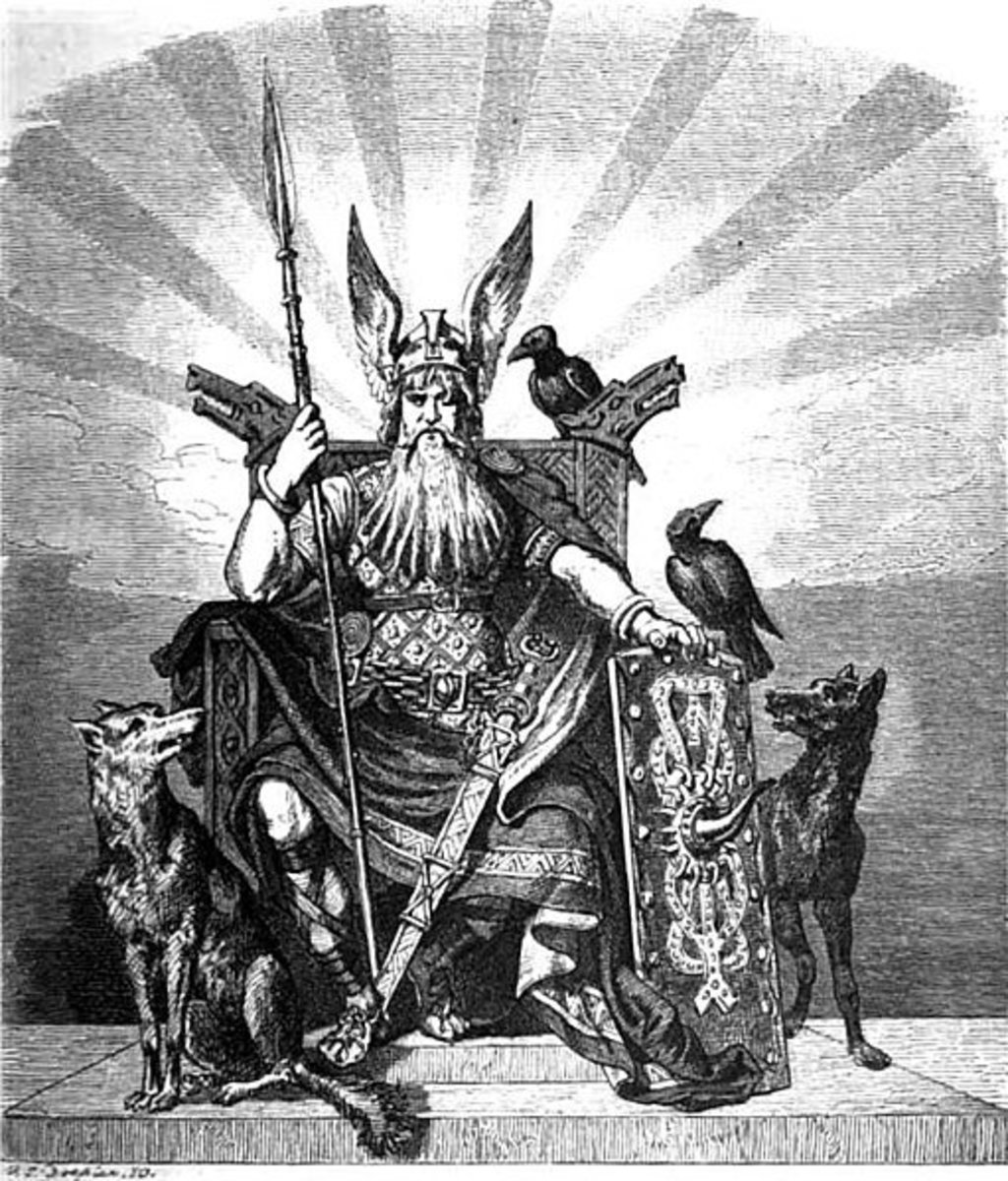The Cultural Significance of Trees
Trees endure for not decades but centuries and sometimes millennia. The pine called Prometheus in Nevada has endured for 5,000 years. Sarv-e-Abarkooh in Iran has stood for 4,000 years. Empires come and go, histories become academic subjects, billions of people are born and die and still trees go on; they are the immovable witnesses of the ages.
In the city of Athens where Socrates pontificated on justice and the good, cutting down olive trees was a punishable offense.
The Tilia, Lime Tree or Linden is the national emblem of Slovakia, Slovenia and the Czech Republic. The Croatian currency the Kuna consists of 100 Lipa (which means Tilia). The pre-Christian Germanic peoples originally gathered under Tilia trees to hold courts because it was believed that the Tilia tree could ‘unearth the truth’. According to Herodotus Scythian diviners wrapped a Tilia leaf around a finger as part of their ritual in preparation of divination. Tilia trees also feature in Tolstoy’s War and Peace.
In 2004 Congress passed a bill making the oak America’s National Tree. Indeed it is the national tree for England, Estonia, France, Germany, Moldova, Latvia, Lithuania, Poland, Wales, Bulgaria and Serbia. In Celtic mythology the oak is the portal between worlds. In Norse mythology the oak was the sacred tree of Thor the God of Thunder. The cutting down of the scared oak of the Chatti tribe marked the Christianization of the Franks. In classical mythology the oak was the symbol of Zeus, the king of the gods. The Major Oak in Sherwood Forest is credited with being one of the hideouts for Robin Hood.
The beautiful autumnal colours of the maple tree have helped define countries and given birth to cultural activities. In Canada there is a tourist bonanza every fall to see the maple colours. In Korea and Japan millions of people flock to famous places to view the maple reds, pinks and oranges that festoon the forests of Kyoto, Nikko (Japan) and Seoraksoan and Naejang-san Mountains (Korea).
In Norse mythology the first man, Ask, was made from an ash tree. It is also thought that the sugary substance that ash trees secret was fermented to make a drink known as ‘The Mead of Inspiration’.
Trees have also long been used as a source of medicine especially by rain forest people and other indigenous tribes around the world. Pharmaceutical companies over the last decade or so are waking up to the amazing medicinal properties of trees and have been trying to secure samples of rare trees and plants before they become extinct from over-logging. Chinese medicine in particular has several remedies based on tree ingredients. For example, the walnut tree is used to make medicines to treat the kidneys and lungs. It is believed that the walnut tree contains a substance that helps with the flow of qi in the body.
Trees often mark historical sites. The elm tree is important to the history of the United States. The ‘Treaty Elm’ in Elm Treaty Park is where the founder of Pennsylvania, William Penn, entered into a peace treaty with the local Indians. The Liberty Tree is an elm on Boston Common which marks one of the rallying points for resistance to English rule. The ‘Washington Elm’ in Massachusetts is where the general took control of the American Continental army that went up against the British.
Trees in religion

Trees feature prominently in world religions. Famously the Buddha sat
under a sacred fig or Bo-tree (Bodhi Tree) meditating
until he achieved enlightenment. Cuttings were taken from the legendary
tree and planted elsewhere in India and Sri Lanka. The Sri Maha Bodhi in
Sri Lanka is dated to 288BC making it the oldest verified hardwood in
the world. Hindus and Jains also believe the fig has immense spiritual
significance. For this reason the tree is called the sacred fig (ficus
religiosa).
These are just a few random tree references in world
culture. They clearly show, however, just how important trees are to us.
Trees symbolize all that is worthy in us: our striving for justice, for
the divine, for national identity. We turn to trees for medicine,
warmth, shelter, nourishment and spiritual solace. We use them to see
the future and they are link to the past. They are woven into religious
stories and into political events. And now trees are taking center stage
in man’s latest dominant ideology- environmentalism. A new
understanding is becoming universally acknowledged and that is that we
should manage our remaining forests. That we should use bamboo instead
of hardwood and that reclaimed hardwood flooring is much more preferable
to new growth hardwood flooring. Without trees we will be cut adrift
from one of the major environmental and cultural anchors that sustain
man and gives meaning to his history.
Green Hubs
- Whole Trees Architecture
Whole Trees Architecture and Construction is a small company set up by architect Roald Gundersen and his wife Amelia Baxter that builds houses and garden structures made from whole trees. - Cork Underlayment - Best Choice For the Environment
Not only does cork make great flooring it also makes great underlayment for a variety of flooring types. The reason why cork makes good underlayment is that it is a flexible and strong material that nicely corrects any imperfections in the sub-floor. - Bamboo is one of the Answers
What is special about bamboo? So many things. - Review of Reclaimed Ash Flooring
The ash tree or fraxinus is in the same genus or family as olive and lilac trees. Ash timber is popular because it has a distinctive light color, a long grain and it has an elastic quality. - Cherry Trees and Reclaimed Cherry Flooring
The Cherry belongs to the Prunus genus which is a genus with over 430 species that include the peach, the almond and the apricot tree. - Suberin in Cork Flooring
Cork is a renewable resource that makes excellent flooring. One of the reasons that cork is a good material for flooring is that it contains suberin. - Act Now To Stop Another Oil Spill Disaster
Watching the scenes of the devastating oil spill in the Gulf of Mexico has surely made many people realize the risks and hazards the world faces in maintaining its present addiction to oil consumption. - Buy Cork Flooring
Cork is made from the bark of the cork oak tree. Cork is harvested without damaging the tree. It is a great renewable resource. - Why You Should Buy Oak Reclaimed Flooring
Oak trees are become rarer and rarer. Because trees of the Quercus genus are so useful, beautiful and strong they are too prized. Oak trees are being rapidly depleted around the world. - Review of Reclaimed Black Locust and Jatoba Flooring
The great thing about reclaimed hardwood flooring is that you can feel good about wood again. You no longer have to purchase hardwood with a bad conscience. - Green Cleaning: alternatives to normal detergents
It is hard to be as happy as the woman above when you have a mountain of laundry to do. Even with a washing machine it often seems a chore. - Why You Should Buy Reclaimed Hardwood Flooring
One and a half acres of rain forest are lost every second. That is, to put it mildly, an unsustainable rate of consumption of the planets most necessary species of flora. - Before You Buy a Hardwood Floor Consider This
Before you buy a hardwood floor you should consider the future health of the planet. Every second an acre and a half of rainforest is cut down. In 40 years there will be no rainforests left. - Conflicting Green Issues
Green is the new black. Everything should be green and environmentally friendly. Sustainability, recycling, off-setting, renewable energy, environmental certification, local sourcing and carbon footprint are...
More Green Resources
- The Problem With Trying to Legislate a Revolution
The most important ideology to emerge over the last few years is environmentalism. The Green movement has progressed since the early 1980s when the first successful Green party appeared in Germany. - What Is Hardwood?
An explanation of what hardwood is compared to softwood with pictures and examples. - Strand woven bamboo flooring
Strand woven bamboo flooring is a strong and durable alternative to hardwood flooring. It is 50% cheaper than hardwood flooring and is easy to install. Bamboo is a renewable resource and it is more environmentally friendly to install strand woven bam








